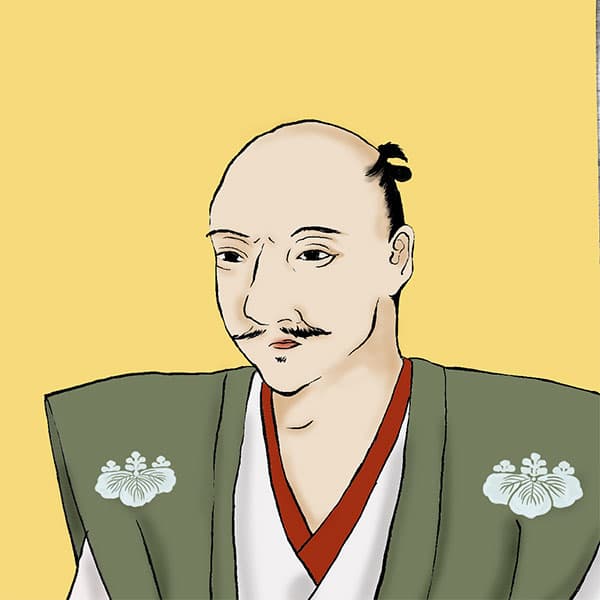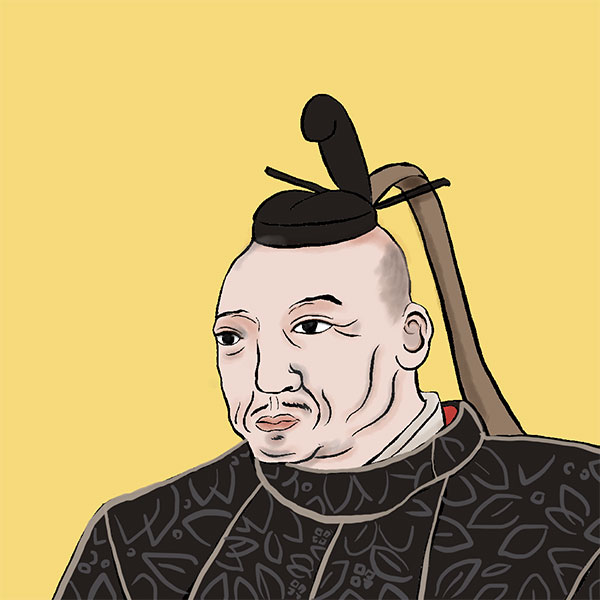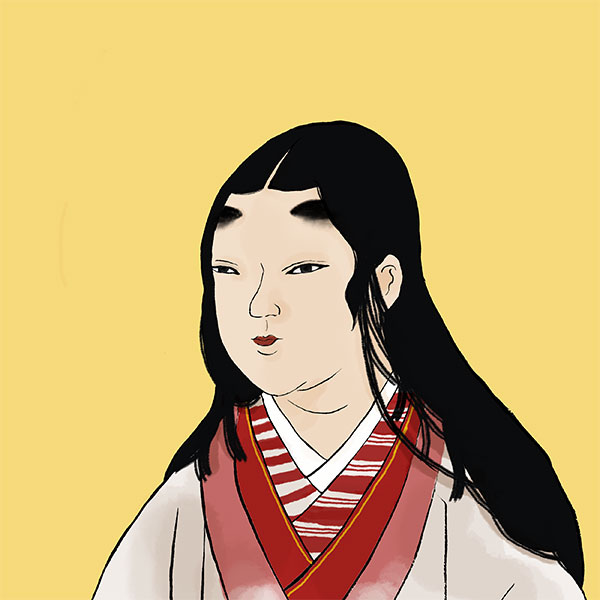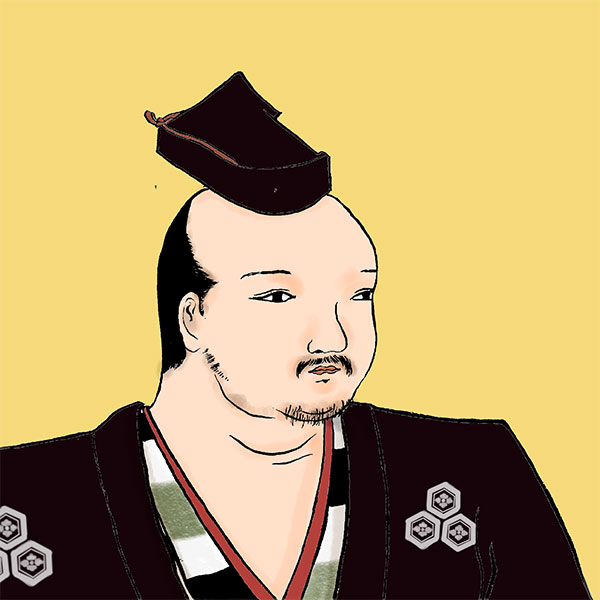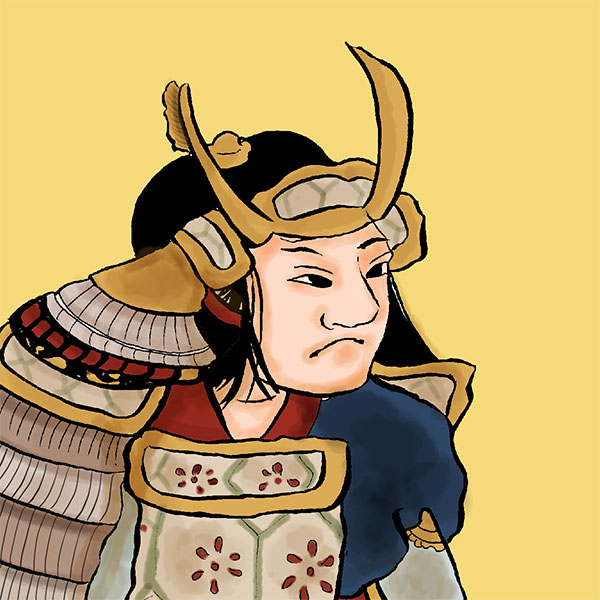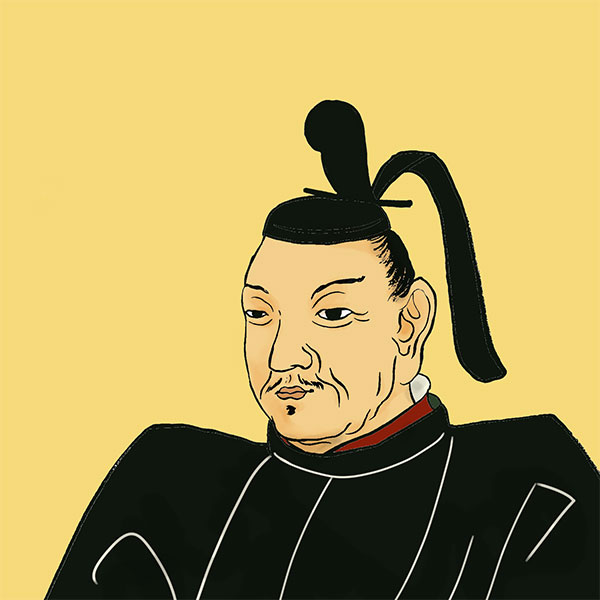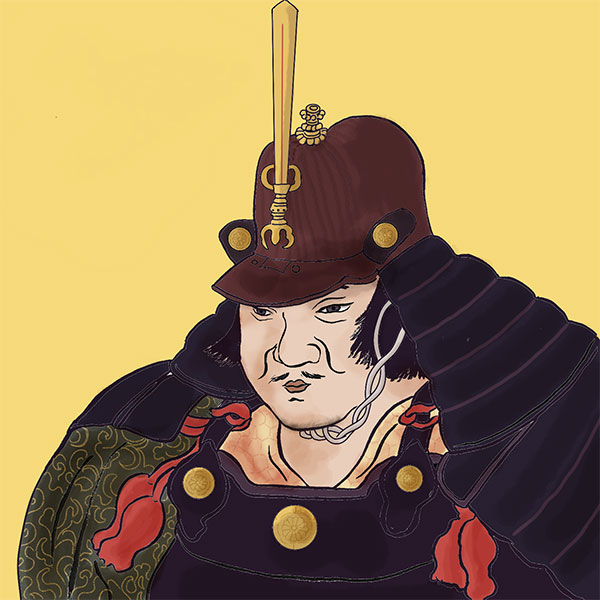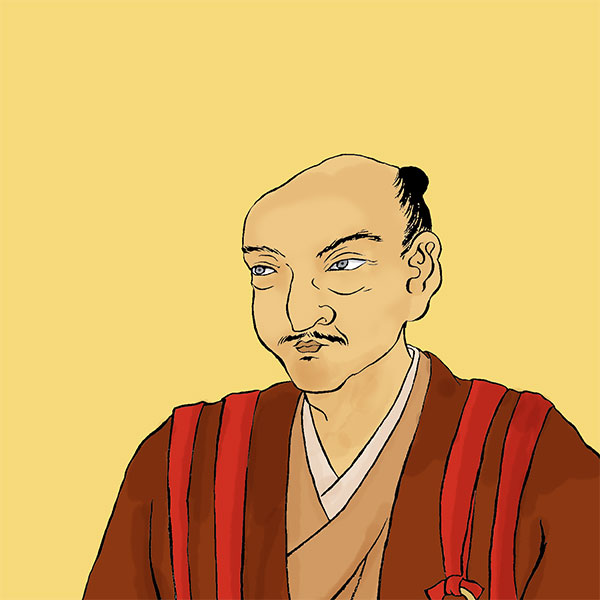Battle of Anegawa (2/2)Angry Nobunaga attacks Asai and Asakura!
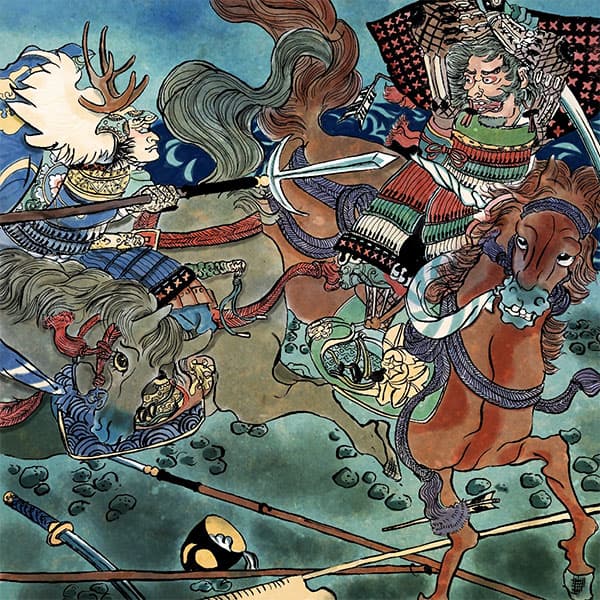
Battle of Anegawa
- Article category
- case file
- Incident name
- Battle of Anegawa (1570)
- place
- Shiga Prefecture
- Related castles

Nagahama Castle
- people involved
As for the Asai/Asakura side, Nobunaga's retaliation was expected. Nagamasa Asai renovated Nagahi Castle and Kariyasuo Castle along the border between Omi and Mino to form a wall against Nobunaga, and also strengthened the defense of Odari Castle, his stronghold.
However, Takenaka Hanbei (Shigeharu), a genius tactician who was serving Nobunaga, shows a wonderful performance here. He succeeded in coordinating Naofusa Higuchi and Hidemura Hori, who had been entrusted with Nagamasa's control of Nagahi Castle and Kariyasuo Castle. Originally, Hanbei and Naofusa's territories were adjacent to each other. Hanbei was a close friend of Naofusa's for a time as he was a customer of his.
After receiving news of the success of the raid, Nobunaga departed from Gifu on June 19th, attacked Nagahi Castle, and entered the castle. On the 21st, they encamped on Mt. Torao and burned down the castle town of Odari Castle. However, they were unable to attack Odari Castle, which was famous as an impregnable castle, and temporarily retreated. On the 24th, they besieged Yokoyama Castle, located southwest of Odari Castle and across the Anegawa River, and took up position at Ryugahana. The Tokugawa Ieyasu army will join here.
Meanwhile, the Asai army was joined by the Asakura army led by Kageken Asakura, one of Yoshikage Asakura's relatives, and entered Odari Castle as a rear end. Then, on June 27, both armies set up on Mt. Oi, east of Odari Castle.
I think the Battle of Anegawa took place at a relatively important stage considering the situation at the time, but Yoshikage himself did not participate. Yoshikage rarely appeared in such scenes. There seems to have been a tradition unique to the Asakura family that ``the head of the family does not go when troops are sent overseas,'' but from the Asai family's perspective, it may have been a little out of place that Yoshikage was not there as reinforcements. .
By the way, the number of each army was 10,000 to 35,000 for the Oda army and 5,000 to 6,000 for the Ieyasu army. According to Nobunaga's Koki, the Asakura and Azai armies numbered 5,000 and Asakura's 8,000, but depending on the source, the Asai's army numbered between 3,000 and 10,000, and the Asakura's army numbered between 8,000 and 20,000. They want to say, ``We were at a disadvantage, but we won, and it was amazing.'' ``We lost because of the difference in military strength,'' so it seems that the more later literature becomes available, the more numbers there are.
Was the Battle of Anegawa an easy victory for the Oda and Tokugawa forces?
Then, on June 28th, the Battle of Anegawa finally began. By the way, regarding the name of the battle, the Oda and Asai clan called it ``Battle of Nomura'' and the Asakura clan called it ``Battle of Mitamura'', and the name ``Battle of Anegawa'' was given by the Tokugawa clan. Although various episodes have been added in later military chronicles, I will first explain the story based on the description in Nobunaga Koki.
Early on the 28th, the Asakura and Azai armies advanced to the Anegawa area, divided into two armies, and took up positions in Nomura to the east and Mita Village to the west. On the other hand, the Oda and Tokugawa forces faced each other at Nomura and the Tokugawa army at Mitamura.
The battle will begin at 6am. The Asai and Asakura armies and the Oda and Tokugawa armies, which were crossing the Anegawa River, were forced back and pushed back in a huge melee, but in the end the Oda and Tokugawa armies defeated the main military commanders of the Asai and Asakura armies and won. did. The Azai/Asakura army suffered over 1,100 deaths. The military commanders who died at this time included Naotsune Endo, a senior vassal of the Asai family, Masayuki Asai, Nagamasa's younger brother, and Naotaka and Naozumi Magara brothers, who were known as fierce generals of the Asakura family, and Takamoto Magara, Naotaka's son.
The Oda and Tokugawa forces pursued the Asai and Asakura forces as they retreated to Odari Castle, and set fire to the area around Odari Castle again. However, Odari Castle, located on top of a mountain, is impregnable. Nobunaga stopped his pursuit and attacked Yokokawa Castle again, capturing it. Toyotomi Hideyoshi (then known as Kinoshita Tokichiro at the time) entered Yokoyama Castle as castle keeper, and headed further south to capture Sawayama Castle, which was guarded by the brave general Kazumasa Isono. Nobunaga built a castle to surround Sawayama Castle, isolating it, and engaged in a siege battle, but in the end he was unable to capture the castle.
By the way, ``Nobunaga Koki'' does not mention the number of deaths in the Oda and Tokugawa armies. According to the Asakura Shimatsuki, which is said to have been written by a former vassal of the Asakura clan shortly after its demise, nearly 1,000 people died in the Oda and Tokugawa armies. Based on these materials and the fact that Sawayama Castle could not be attacked, the Battle of Anegawa was not a victory for the Oda and Tokugawa forces, but rather a draw. There is also a theory that However, there is no doubt that it was a fierce battle, and bloody place names such as ``Ketsuhara'' and ``Ketsukawa Bridge'' remain in the vicinity of the ancient battlefield of Anegawa.
The spectacular “Battle of Anegawa” according to “Akai Sandaiki”
The Battle of Anegawa is described in a relatively simple manner in the Nobunaga Koki, but it is a little more dramatic in the Asai Sandaiki, a military chronicle established during the Edo period. Since it is widely known as a "common theory," I will introduce it here. Honestly, this is much more interesting.
The lineup is the same as Nobunaga Koki. First, the Asakura army attacks the Tokugawa army, and at first the Asakura army gains an advantage. Because the Tokugawa army was at a disadvantage in terms of military strength, the Tokugawa army gradually began to be pushed back.
Seeing this, the Asai army gained momentum and fought hard. The Oda army had set up a 13-tiered camp, but the Asai army was able to break through to 11-tiered due to the efforts of Kazumasa Isono. This is a famous episode known as ``Nosho's Anegawa 11-dan break''.
Nobunaga was in a big pinch, but the Tokugawa army fought bravely. At first they were at a disadvantage, but the situation turned around when the Tokugawa army led by Yasumasa Sakakibara attacked from the side of the Asakura army. On the other hand, the Azai army had penetrated deep into the Oda army when the Tokugawa army led by Oda vassal Ittetsu Inaba and others attacked from the flanks and rear, throwing them into confusion. Due to these efforts of the Tokugawa army, the Azai and Asakura armies were forced to retreat.
In this way, Kazumasa Isono appears in the Asai Sandaiki at the Battle of Anegawa, but considering that Nobunaga attacked Sawayama Castle immediately after, it seems that he did not defend his home base and went to the vicinity of Anegawa, and immediately after that, he attacked Sawayama Castle. The question remains as to whether we will be able to return to .
Asai and Asakura family after the Battle of Anegawa
Although the Azai and Asakura armies suffered many casualties in the Battle of Anegawa, they still had extra strength. After that, they continued to be hostile to Nobunaga Oda, and immediately after the Battle of Anegawa, they teamed up with Enryaku-ji Temple on Mt. Hiei and Hongan-ji Temple in Ishiyama and barricaded themselves in Mt. Hiei to oppose Nobunaga. In this battle, known as the ``Shiga no Jin'', he defeated Nobunaga's younger brothers Shinji Oda and Yoshinari Mori. After that, he took part in Nobunaga's siege network with Takeda Shingen and Honganji Kongyo, and tormented Nobunaga.
Nobunaga has not remained silent in response to these movements. By continuing to cut off the land route connecting Odari Castle and Sawayama Castle starting from Yokoyama Castle, they isolated Kazumasa Isono of Sawayama Castle and tried to plot against Kazumasa. Unable to bear it any longer, Kazumasa surrendered in February 1571 and went to the Oda side.
After that, the Asai/Asakura family gradually weakened. The Asai family was destroyed in the Battle of Odani Castle in July 1573, and the remaining Asakura family was also destroyed in the Battle of Ichijodani Castle in August.
Reread the article on the Battle of Anegawa
- people involved

- WriterNaoko Kurimoto(Writer)I am a former travel industry magazine reporter. I have loved history, both Japanese and world history, since I was a child. I usually enjoy visiting temples and shrines, especially shrines, and often do ``pilgrimages to sacred places'' themed around historical figures. My favorite military commander is Ishida Mitsunari, my favorite castle is Kumamoto Castle, and my favorite castle ruins is Hagi Castle. My heart flutters when I see the ruins of battle castles and the stone walls of castle ruins.


